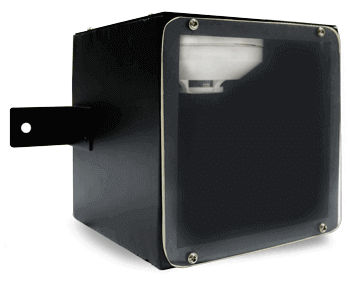
AC103SD
Conventional Smoke Detector
The primary purpose of the AC103SD conventional optical Smoke Detector is to detect the presence of smoke within its surveillance area. When the smoke reaches the alarm threshold level, it promptly triggers an alarm signal to the fire panel.
Highlighted features of this multisensor include:
- Ultra-sensitivity: It possesses an exceptional level of smoke sensitivity, enabling it to trigger early warning alarms.
conventional products
- Ultra smoke sensitivity
- Automatic drift compensation
- Corrosion protection
- bi-colour LED to indicate healthy and alarm condition.
- Dual LED for 360 deg viewing.
- Transient voltage protection up to 2.4KV
- Opertates on 12V and 24V systems.
- Compatible with all standard conventional panels.
What is a smoke detector and how does it work?
Smoke detector is a measuring instrument that measures the level of smoke in its surveillance. It will raise an alarm only when the level of smoke exceeds its pre-set upper limit/threshold values.
Photoelectric/Optical Smoke detector work on a common light scattering principle. Smoke detector contains a chamber that consists of a light emitter usually a LED and a light a sensitive device like a photodiode that receives all the light directly emitted by the LED.
When the smoke enters the chamber, the intensity of light received by the photodiode reduces due to density of smoke. If the intensity of received light drops below a pre-set threshold level, fire alarm is triggered confirming fire.
Unit of measure for level of smoke is Obscuration/foot (Obs/ft).
Photoelectric smoke detectors are highly sensitive to visual particles of smoke and also respond quickly to smouldering fires.
Conventional smoke detectors are wired to the control panel using 2*1.5 sqmm copper cable. Their smoke sensitivity values are factory set and cannot be altered.



